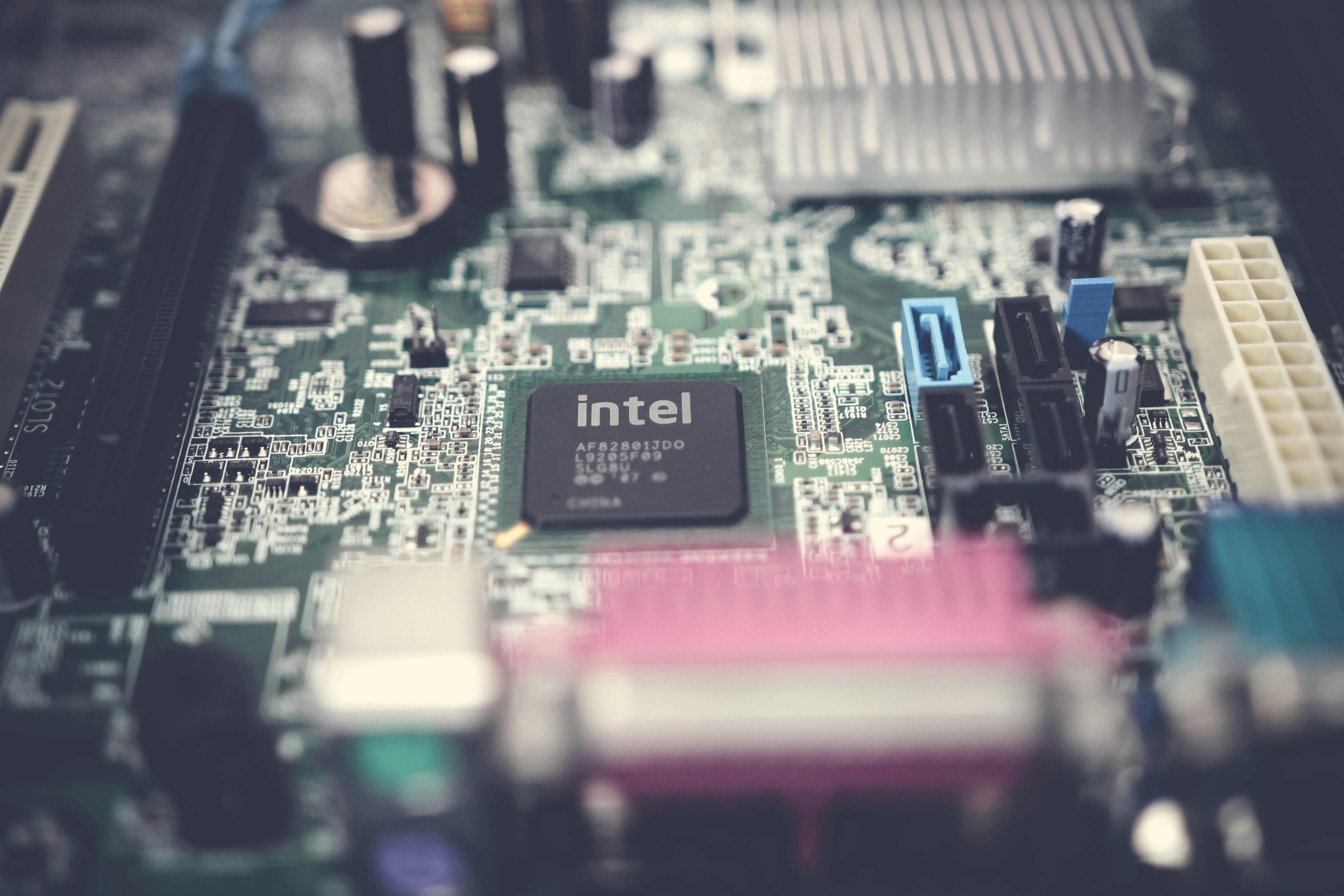Understanding and Troubleshooting Intel Driver Installation Failures on Windows Systems
Ensuring your hardware drivers are correctly installed is crucial for optimal performance and stability. However, users sometimes encounter challenges where, despite completing the installation process, the system reports unsuccessful updates or failure notices. This article explores common issues associated with installing Intel graphics drivers on Windows, specifically for 6th to 10th Generation Intel processors, and offers practical solutions to resolve these problems.
Common Scenario
Many users rely on the Intel Driver & Support Assistant (DSA) to streamline driver updates for Intel components. Typically, after running the tool and rebooting the system, it indicates that all drivers are current. However, it may also display a message indicating that the installation of the Intel graphics driver “failed,” even if the system confirms the driver version is up to date.
Understanding the Issue
The discrepancy arises because the Driver & Support Assistant might detect that the driver version installed matches the latest available. Consequently, it concludes that no further action is needed, but it still flags the previous installation attempt as a failure. This can be confusing for users seeking to ensure their drivers are correctly installed and functioning.
Steps to Resolve Driver Installation Issues
-
Verify Driver Versions Directly
-
Open Device Manager:
-
Press Win + X and select “Device Manager.”
-
Expand the “Display adapters” section.
-
Right-click on your Intel graphics device and choose “Properties.”
-
Navigate to the “Driver” tab to check the current driver version.
-
Compare this against the latest version available on the Intel website.
-
Manually Download the Correct Driver
-
Visit the official Intel Driver & Support Assistant webpage or the Intel Download Center.
-
Select your processor generation (6th to 10th Gen) or use your device model to find the appropriate graphics driver.
-
Download and run the installer manually rather than relying solely on the Driver & Support Assistant.
-
Perform a Clean Installation
-
Use Display Driver Uninstaller (DDU) to remove existing graphics drivers completely:
-
Download DDU from a reputable source.
-
Boot into Safe Mode.
-
Run DDU to uninstall current graphics drivers.
-
Restart your PC.
-
Install the latest driver version downloaded from the Intel website.
-
Check for Windows Updates
-
Sometimes, Windows updates include essential components or compatibility fixes for driver installations.
-
Go to Settings > Update & Security > Windows Update and check for updates.
-
Ensure System Compatibility
-
Confirm that the driver
Share this content:

